
History is full of exciting stories retold from one generation to another. However, much of what has been passed down to us was filtered through the retellers’ political, religious, and cultural biases. As we will see in the following slides, it takes several archaeological and investigative efforts to set facts right and correct the widespread misconceptions.
Columbus Discovered That the Earth was Round
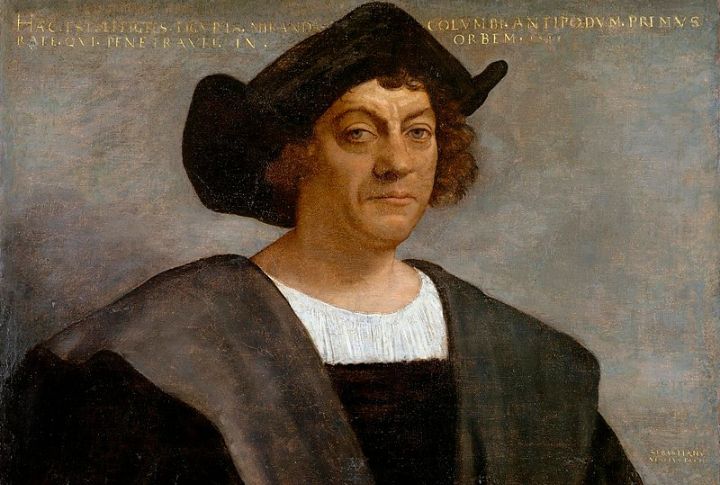
The notion that people believed the Earth was flat before Columbus’ expedition gained popularity in the 19th century to depict earlier civilizations as lacking knowledge. However, evidence from ancient Greek scholars like Pythagoras and Aristotle dates back to the 6th century BCE, indicating an understanding of the Earth’s spherical shape. In the 3rd century BCE, Eratosthenes even calculated the Earth’s circumference with remarkable precision. Throughout the Middle Ages, educated Europeans continued to endorse the concept of a spherical Earth.
The First Thanksgiving Was a Harmonious Feast

The first Thanksgiving in 1621 involved a three-day feast attended by Pilgrims and the Wampanoag tribe. While it is remembered as a symbol of cooperation and gratitude, the reality is more complex. The alliance between the Pilgrims and the Wampanoag was driven by necessity and the need to end ongoing hostilities. The Pilgrims needed help to survive, and the Wampanoag were seeking allies. Subsequent relations deteriorated, culminating in violent conflicts and displacements of Native Americans.
Einstein Failed Math

This claim is, at best, a misconception. Einstein excelled in mathematics from a young age, mastering calculus by age 15. He struggled with the rote learning style of the German education system, which led to temporary poor grades in some non-mathematical subjects. The myth probably stems from a misunderstanding or misrepresentation of his academic record, compounded by Einstein’s modest comments about his early school performance.
Napoleon was Extremely Short
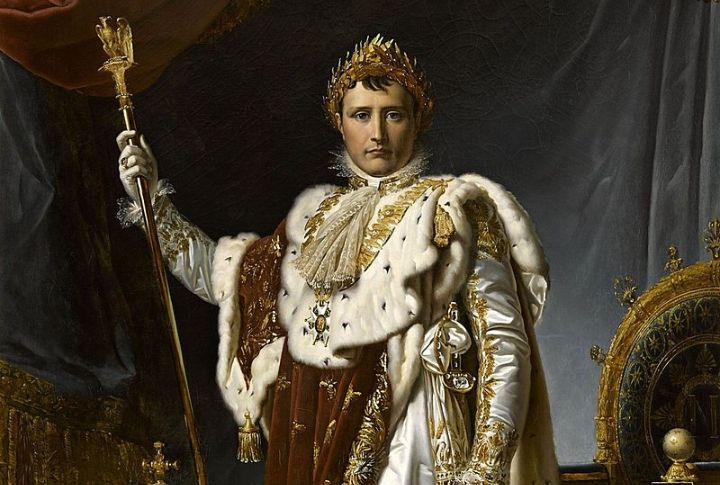
Bonaparte’s height has been misrepresented over time. His height was recorded at his death as 5’2″ in French feet, equivalent to about 5’6″ in modern measurements. This value was the average height for a Frenchman of his era. British propaganda and misunderstandings of French measurements contributed to the myth of his short stature. Napoleon’s nickname, “Le Petit Caporal” (The Little Corporal), was a term of affection unrelated to his height.
The Emancipation Proclamation Freed All Slaves
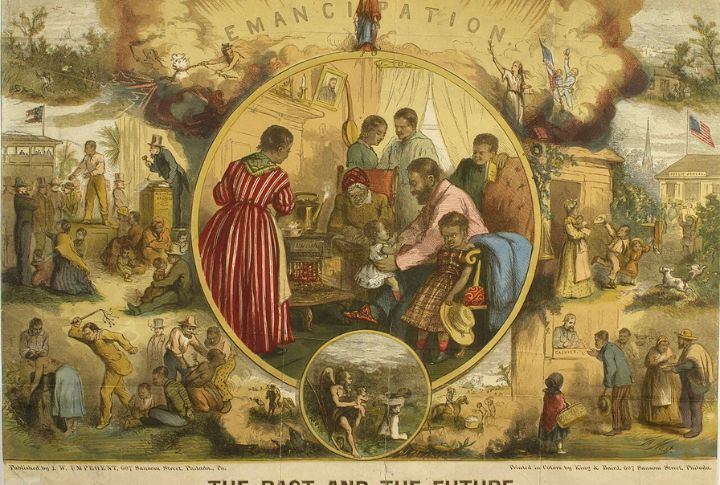
President Abraham Lincoln made the Emancipation Proclamation on January 1, 1863, which stated that slaves in Confederate-held territory were free. However, this did not apply to slaves in Union border states or areas already under Union control. The proclamation was a strategic move to weaken the Confederacy and bolster the Union’s moral cause. The actual nationwide abolition of slavery took place during the 13th Amendment, which was ratified on December 6, 1865.
Religious Extremism Alone Informed Salem Witch Trials
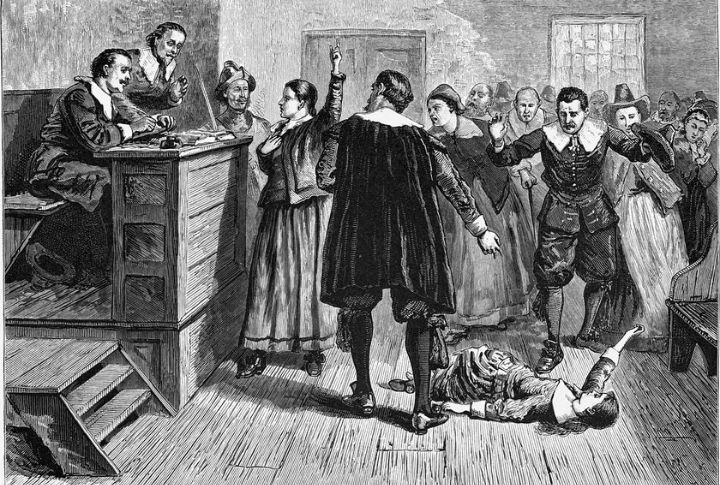
The Salem witch trials of 1692–1693 resulted in the execution of 20 people and the imprisonment of many more accused of witchcraft. Although religious extremism and Puritan beliefs played significant roles, other factors like social tensions, economic hardships, and personal vendettas fueled the hysteria. For example, land disputes and rivalry between families often influenced accusations. The trials reflect broader social dynamics and fears.
The Great Wall of China is Visible from Space
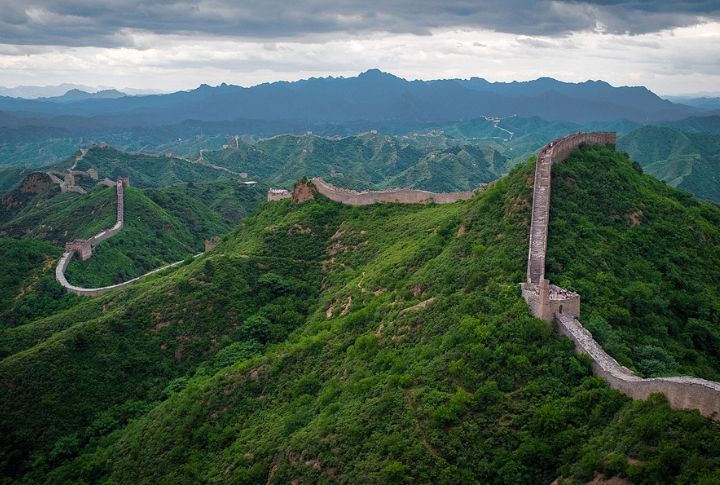
Due to its impressive length spanning over 13,000 miles, the Great Wall of China is often claimed to be visible from space. However, astronauts have confirmed that due to its narrow width, the wall cannot be seen from low Earth orbit without a telescope. The myth likely persists because of the wall’s impressive length and historical significance.
Vikings Wore Horned Helmets
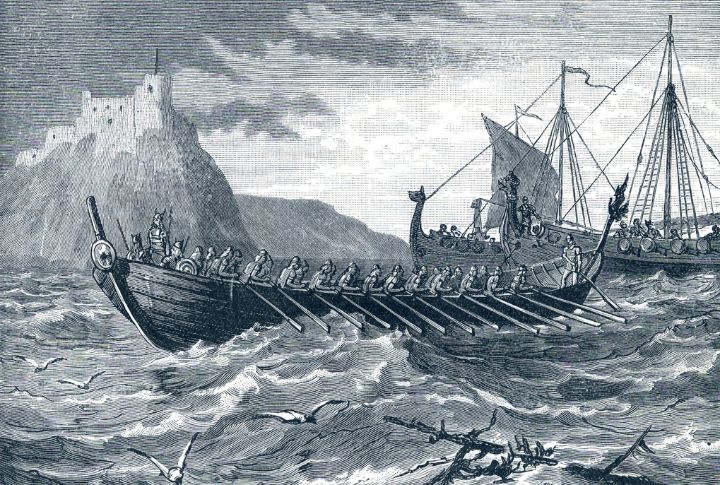
Popular images of Vikings wearing horned helmets are a product of 19th-century Romanticism and later popular culture, including opera costumes. Archaeological evidence indicates that Viking helmets were functional, made of leather or iron, without horns. Horned helmets would have been impractical in combat. The stereotypical image likely persists because it creates a dramatic and fearsome image of Viking warriors.
Isaac Newton Discovered Gravity from a Falling Apple
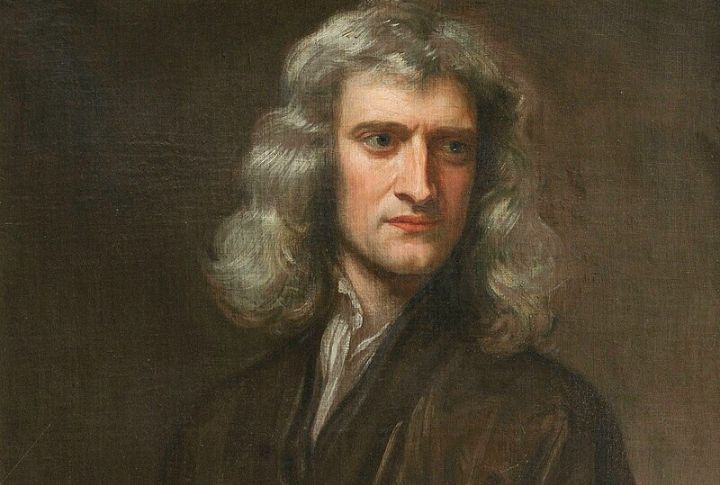
Stating that Isaac Newton discovered gravity after observing a falling apple simplifies his work. Newton reflected on gravity after observing an apple fall, which led to his formulation of the law of universal gravitation. However, his discoveries were the result of years of study and experimentation. The apple story captures the moment of inspiration but overlooks the extensive scientific process that followed.
The Middle Ages Were a Time of Complete Decline
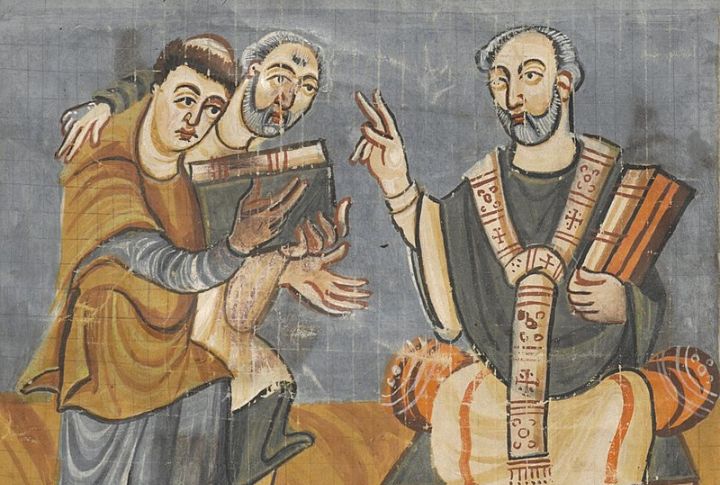
It has been said that the Middle Ages witnessed complete cultural and intellectual decline following the fall of the Western Roman Empire. That period (5th to 15th centuries) saw significant advancements. The Carolingian Renaissance, the Islamic Golden Age, and the Byzantine Empire preserved and expanded classical knowledge. Gothic architecture, the establishment of universities, and technological innovations such as the heavy plow and windmills highlight the period’s contributions.
The Battle of Hastings Solely Changed England
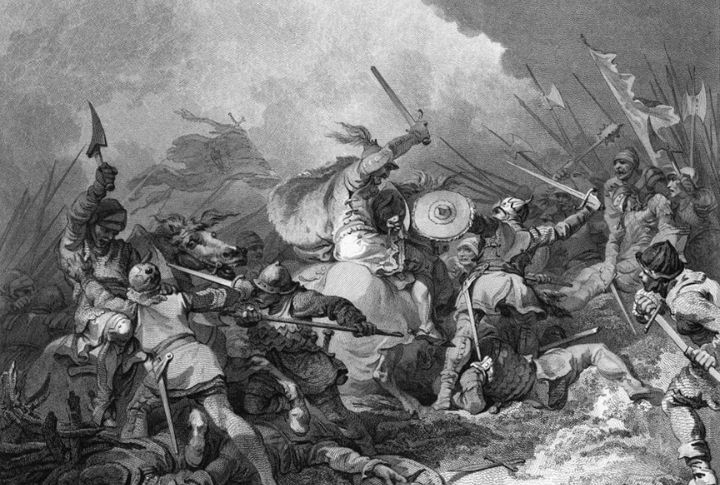
The Battle of Hastings, which took place on October 14, 1066, was a key event in the Norman Conquest of England, where William the Conqueror defeated King Harold II. However, it was part of a more extensive series of events that reshaped England. William faced resistance and uprisings for several years, consolidating his power through further military campaigns and strategic fortifications. The Norman influence profoundly affected English culture, language, and governance.
The Civil War Was Solely About Slavery
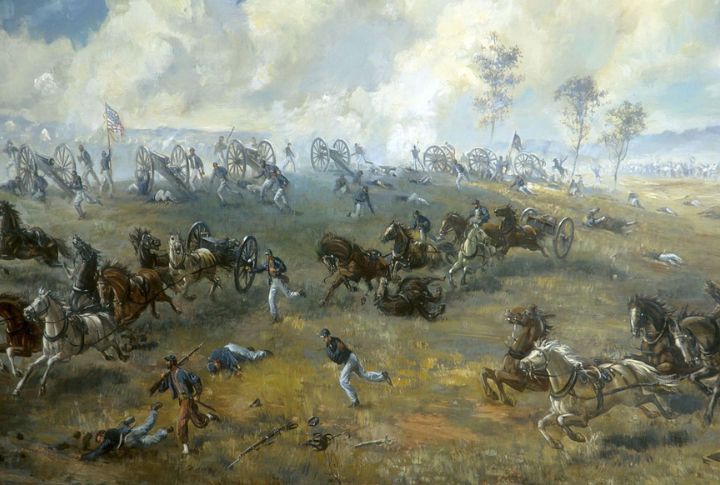
Though slavery was a central issue of the American Civil War, other factors also played significant roles. Issues of states’ rights and economic disparities between the industrial North and the agrarian South contributed to the conflict. The South’s economy relied heavily on slavery, intertwining economic and moral conflicts. The war ultimately addressed the broader question of federal versus state authority and the future of slavery in the United States.
Christopher Columbus Discovered America
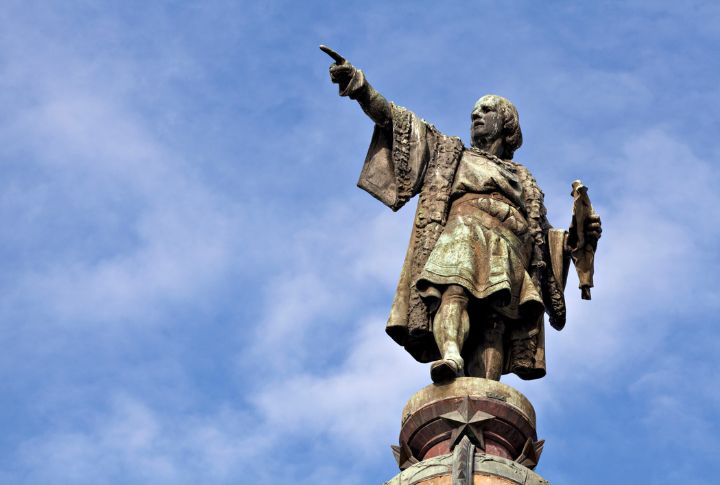
Christopher Columbus is frequently credited with the discovery of America in 1492, but he never set foot on the mainland. He landed on various Caribbean islands and explored parts of Central and South America. Indigenous peoples had been living across the Americas for millennia, with advanced civilizations such as the Aztecs, Maya, and Inca. Furthermore, Norse explorers led by Leif Erikson had reached North America, specifically Newfoundland, Canada, around 1000 AD.
The American Revolution Was a Mass Movement
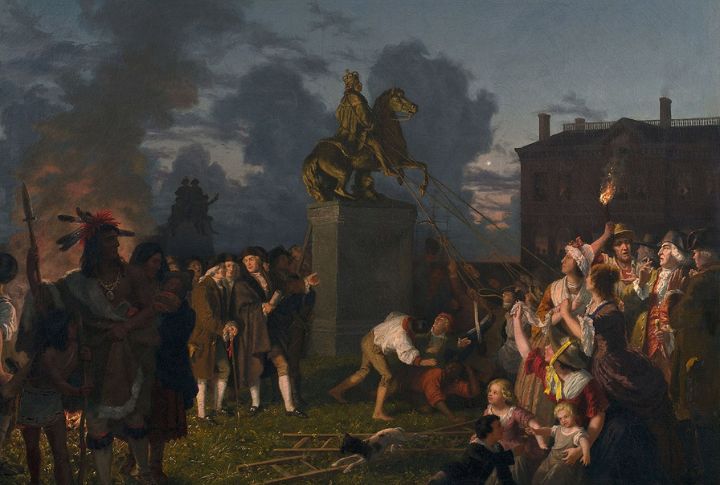
Not all colonists universally supported the American Revolution. Many, known as Loyalists, remained loyal to the British Crown, while others were neutral or indifferent. Patriots, who sought independence, were a vocal and organized minority. The revolution’s success relied on leaders like Thomas Jefferson and George Washington and the strategic alliance with France. The war divided communities and families, reflecting varied colonial perspectives.
The Berlin Wall Fell Overnight
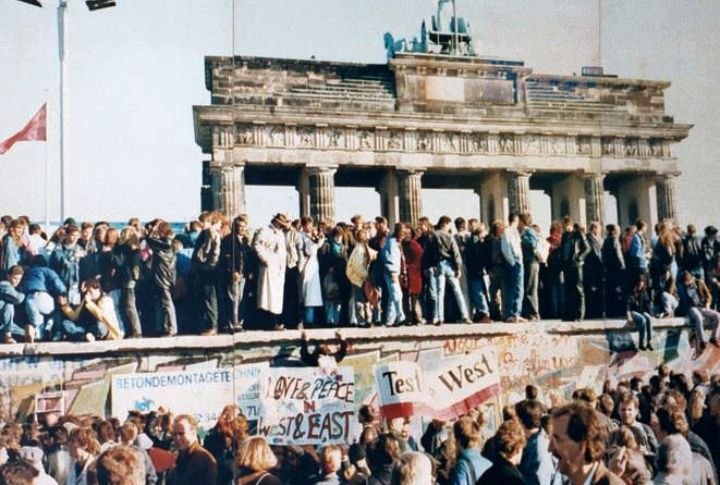
Several events caused the fall of the Berlin Wall in 1989. Months of civil unrest, mass protests in East Germany, and political changes led to the wall’s opening and, consequently, the end of the Cold War. Misinformation during a press conference resulted in an unexpected surge of East Berliners crossing into West Berlin, accelerating the wall’s collapse.
